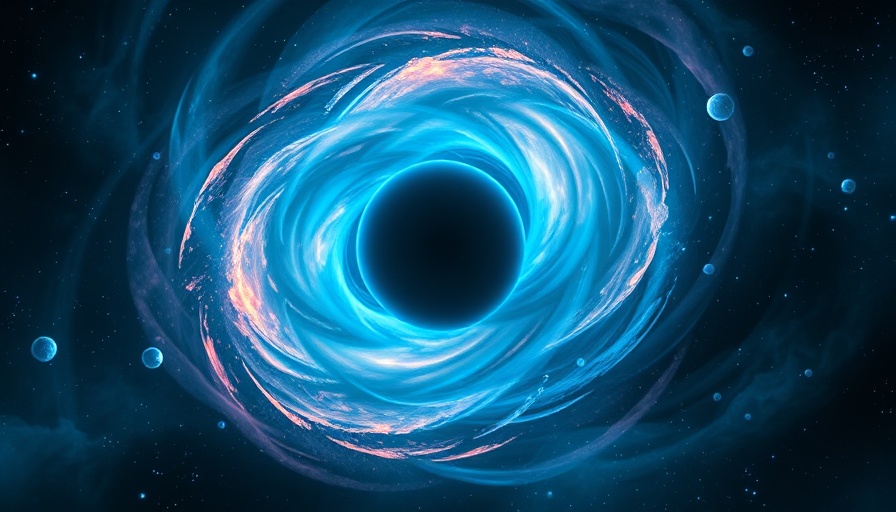
Revolutionary Discoveries in Planetary Formation: Webb’s Surprising Insights
Imagine viewing the cosmos as a colossal photo album, with images of swirling gas and dust disks forming around young stars filling its pages. These protoplanetary disks are believed to be the brief cradle for new planets, typically lasting only about 10 million years. However, recent studies using NASA’s James Webb Space Telescope have overturned this long-held belief, revealing that some of these planetary nurseries can endure much longer than previously thought, particularly around smaller stars.
The Extended Lifespan of Protoplanetary Disks
A team from the University of Arizona has reported a groundbreaking finding that protoplanetary disks can last beyond 30 million years when they orbit stars that are less than one-tenth the mass of the sun. Lead author Feng Long, a member of the research team, referred to these disks as providing “baby pictures” of planetary systems that potentially include the very building blocks needed for eventual planet formation.
This extended lifespan suggests that conditions for planet development may have been far more favorable than previously modeled. The study focused on a star designated J0446B, located in the constellation Columba, which is approximately 267 light-years away. Notably, this discovery hints at variations in planetary development processes across different types of stars.
Challenging the Status Quo: New Models Required
Traditionally, astronomers believed that high-energy radiation from young stars would disperse the surrounding gas and dust too quickly, preventing the construction of significant planetary bodies. Yet, the Webb Telescope demonstrated that for low-mass stars, these disks can endure for millions of years beyond the expected timeline.
This breakthrough is critical as it requires scientists to reevaluate existing models of how planets are formed. Similar findings from previous Hubble observations of distant star-forming regions support this conclusion. In one particularly intriguing study of the star-forming cluster NGC 346, researchers found that disks could live much longer than expected, which could change our understanding of the earliest stages of planetary evolution in the universe.
Why This Matters: Implications for Exoplanet Habitability
Understanding the longevity of these planet-forming disks has profound implications for the search for habitable exoplanets. If disks can persist longer than expected, it increases the likelihood that complex planetary systems, possibly capable of supporting life, might evolve around these stars.
Future Knowledge: Insights Into the Early Universe
With the Webb telescope’s advanced capabilities, researchers begin to unlock secrets of stellar evolution from the early universe. As they investigate environments with fewer heavy elements—similar to those in the universe's infancy—scientists can redefine our hypotheses around planet formation.
Long remarked, “Because materials in the disk provide the necessary components for planet formation, a longer-lasting disk provides more time for planets to grow and evolve, further enriching our understanding of cosmic evolution.” This not only enriches our knowledge of the Milky Way but potentially offers insights into distant galaxies.
In a universe filled with mysteries, the findings of the Webb Telescope herald a new era of space exploration and understanding. As this pioneering technology enables astronomers to peer deeper into the cosmos, it opens the door to more questions and deeper inquiries about the origins and futures of planets and potential life beyond our own.
Conclusion: The Quest Continues
As researchers continue to observe these ancient celestial bodies and their dynamic environments, our understanding of planetary science advances significantly. The work stemming from the James Webb Space Telescope augurs well for future explorations and will likely play a critical role in answering fundamental questions about our universe.
 Add Row
Add Row  Add
Add 




Write A Comment